Details
Description
SKU: PR.110417990
Composed by Melinda Wagner. Sws. Premiered by Marcantonio Barone, Philadelphia Chamber Music Society, Philadelphia, PA. Contemporary. Solo part. With Standard notation. Composed 2012. 20 pages. Duration 13 minutes, 30 seconds. Theodore Presser Company #110-41799. Published by Theodore Presser Company (PR.110417990).ISBN 9781491101049. UPC: 680160615469. 9x12 inches. English.
Commissioned by the Philadelphia Chamber Music Society, Wagner has produced a challenging new piano work in four descriptive movements: Alarum (bell sounds), Transit (quickly moving), Lush Light (languid, dreamy), and Re-uptake (spiky). For advanced pianists. Duration: 13'30 See sample pages: https://www.presser.com/marketing/newissue/13_11/11041799_Wagner_Noggin_sample.pdf.
Noggin [premiered as Four Pieces for Piano] is a set of miniature studies, each reflecting a different way of enjoying the piano. The first movement, entitled Alarum, is a stately introduction punctuated by the sound of alternately grave and bright-sounding bells. Lighter and more deliberate, Transit takes off precipitously from its opening turn figure. Although it is initially brash and somewhat obnoxious, the piece ends up evaporating quietly in the upper register of the piano. Lush Light forms the gestural and emotional centerpiece of this collection. I is darker and more brooding in nature, with the occasional plaintive sound of a falling melodic third peeking through. The last movements, Re-uptake, recalls the urgency of Transit, but the ideas are fleshed out, becoming increasingly fractured and eccentric. A snippet of the second movement, a surprise “guest”, ends the piece.Four Pieces for Piano was commissioned through the Anthony P. Checchia Composers Project of the the Philadelphia Chamber Music Society and is dedicated to William M. Hollis, Jr., and Andrea M. Baldeck, M.D., with gratitude.
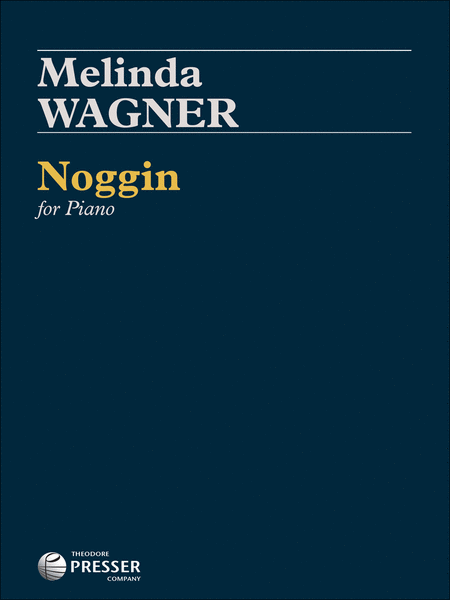
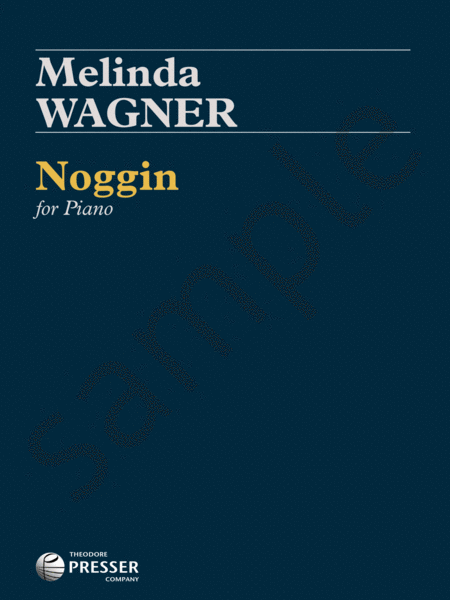
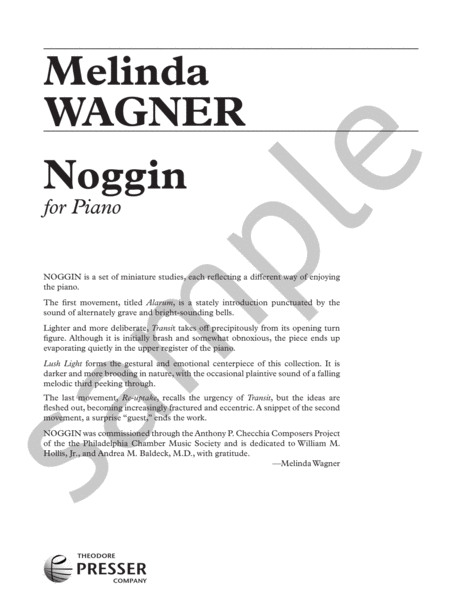
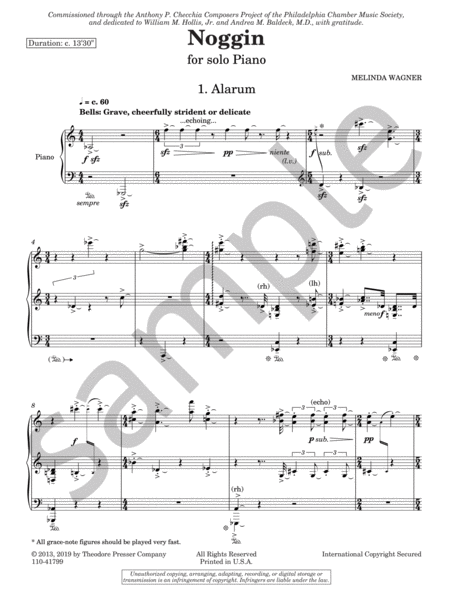
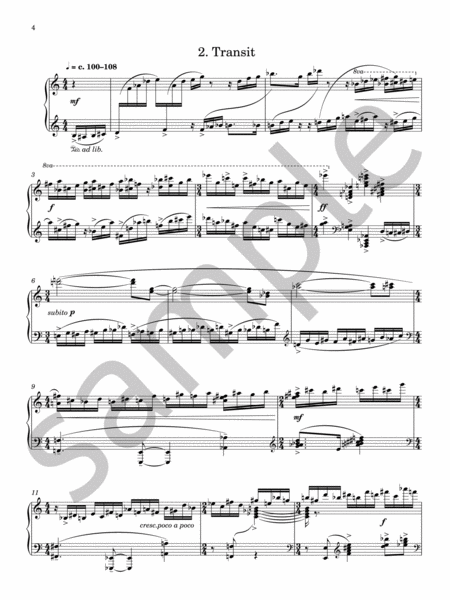
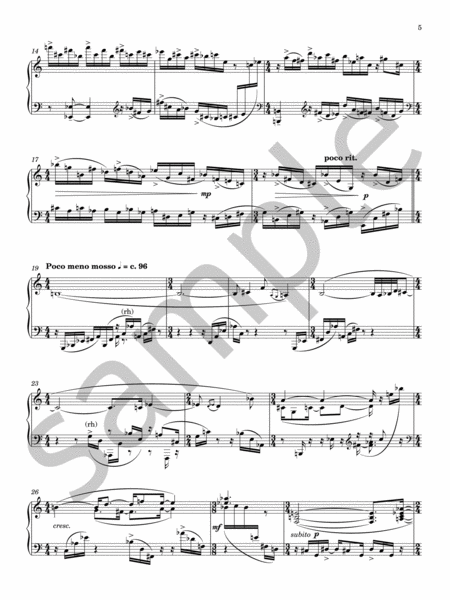
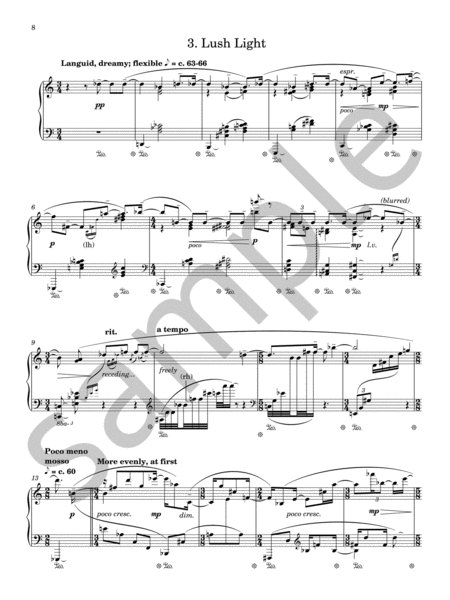
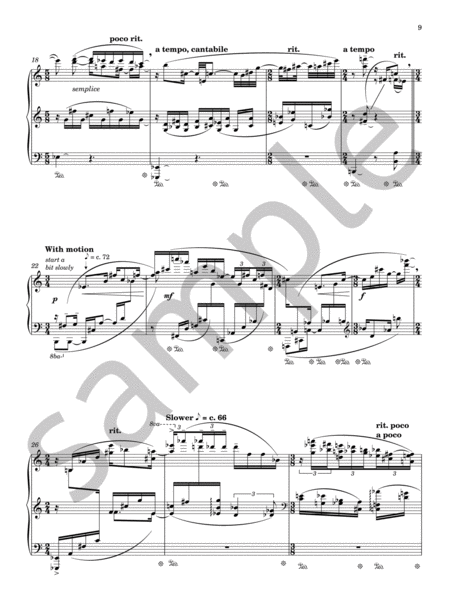
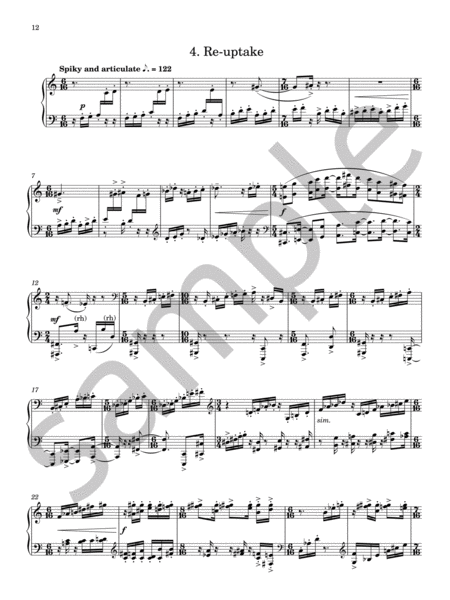
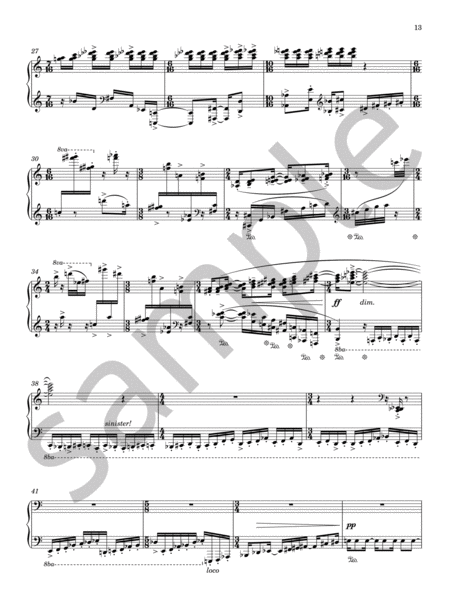
 Share
Share